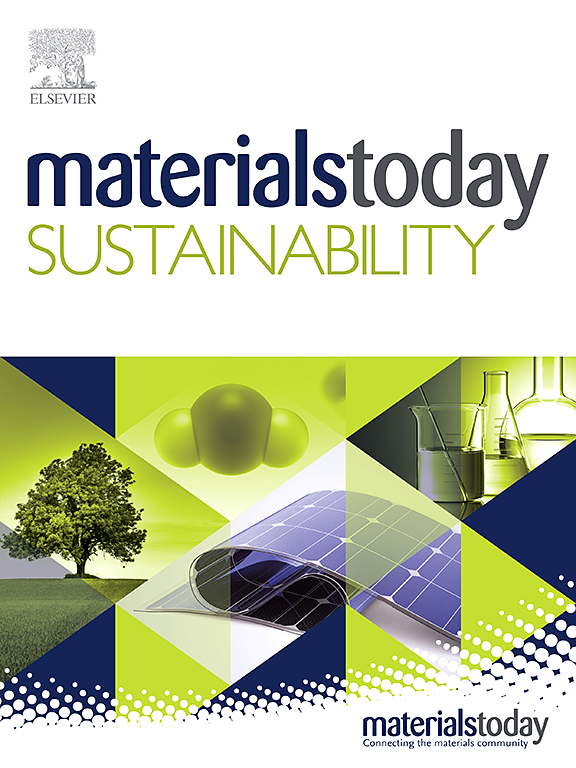Unveiling the potentials of biohydrogen as an alternative energy source: Strategies, challenges and future perspectives
IF 7.9
3区 材料科学
Q1 GREEN & SUSTAINABLE SCIENCE & TECHNOLOGY
引用次数: 0
Abstract
Bio-hydrogen emerges as an environmentally friendly energy carrier, promising to diminish our reliance on fossil fuels. Employing biological approaches for hydrogen production aids in the dual objectives of waste management and energy generation. The economic viability of producing renewable bio-hydrogen from waste biomass is considerable, though the realization of extensive industrial-scale production remains an ongoing aspiration. This review underscores present viewpoints on the generation of bio-hydrogen as an alternative energy reservoir. The facilitation of bio-hydrogen production encompasses techniques like photolysis, fermentation, and electrochemical processes. To augment bio-hydrogen production, optimizing various influential production factors is imperative. Employing bioreactors with tailored designs and configurations can significantly enhance productivity. The incorporation of hybrid and novel strategies to bolster bio-hydrogen production, is recognized as a sturdy strategy. This comprehensive review highlights that biological methods, particularly photo and dark fermentation using various microorganisms, are the most prominent and promising techniques for sustainable bio-hydrogen production. While advancements in bioreactor design, genetic engineering, and the application of nano-materials (especially Ni and Fe) have improved yields, large-scale implementation remains hindered by economic and technological challenges, requiring further research and policy support.

揭示生物氢作为替代能源的潜力:战略、挑战和未来展望
生物氢作为一种环保的能源载体出现,有望减少我们对化石燃料的依赖。采用生物方法生产氢气有助于实现废物管理和能源产生的双重目标。从废弃生物质中生产可再生生物氢的经济可行性是相当大的,尽管实现广泛的工业规模生产仍然是一个持续的愿望。本文综述了目前关于生物氢作为替代能源的观点。促进生物制氢包括光解、发酵和电化学过程等技术。为了提高生物制氢的产量,必须优化各种影响生产的因素。采用定制设计和配置的生物反应器可以显著提高生产率。结合混合和新颖的策略来促进生物氢生产,被认为是一个坚实的战略。这篇综合综述强调了生物方法,特别是利用各种微生物的光发酵和暗发酵,是最突出和最有前途的可持续生物制氢技术。虽然生物反应器设计、基因工程和纳米材料(特别是Ni和Fe)的应用取得了进步,但大规模实施仍然受到经济和技术挑战的阻碍,需要进一步的研究和政策支持。
本文章由计算机程序翻译,如有差异,请以英文原文为准。
求助全文
约1分钟内获得全文
求助全文
来源期刊

Materials Today Sustainability
Multiple-
CiteScore
5.80
自引率
6.40%
发文量
174
审稿时长
32 days
期刊介绍:
Materials Today Sustainability is a multi-disciplinary journal covering all aspects of sustainability through materials science.
With a rapidly increasing population with growing demands, materials science has emerged as a critical discipline toward protecting of the environment and ensuring the long term survival of future generations.
 求助内容:
求助内容: 应助结果提醒方式:
应助结果提醒方式:


